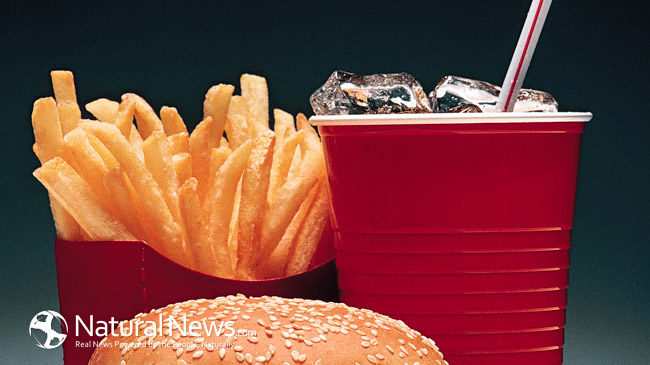Let’s face it: fast food is just plain convenient. When you are in a hurry or behind schedule, simply zipping through the drive-through for a meal seems like a great thing to do. Before your next trip to McDonald’s, however, you should read up on all the things that you could be getting in your food that the owners don’t put on the menu.
Ammonium Sulfate
Ammonium sulfate is used to make many commercial-grade breads and bread products. However, this additive is also an important component of both chemical fertilizers and some pesticides as well.
Silicone Oil
What kid didn’t love Chicken McNuggets growing up? Unfortunately, however, silicone oil is added to them during the food processing; the same oil is also used in the manufacture of contact lens and other medical items.
Cysteine-L
This additive is used in bread products as a softener and to flavor meats; it is a protein synthesized from either duck feathers or human hair. The Cysteine-L used in the Apple Pies and Cinnamon rolls are of the duck-feather variety.
TBHQ
Tertiary-butyl hydroquinone (TBHQ) is a petroleum by-product that is apparently in around 18 of the items on the McDonald’s menu. This chemical has been linked to DNA damage and formation of stomach tumors.
Propylene Glycol
Propylene glycol is a chemical frequently found in fast foods. Unfortunately, it is also a common element in e-cigarettes and anti-freeze.
Prescription Drugs
The chickens that were raised to make the poultry products on the McDonald’s menu were fed chicken feed that turned out to be laced with a variety of prescription drugs which can find its way into your system when you consume the final product.
Dimethylpolysiloxane
This chemical shows up in almost every fast-food items that goes through the frying process; this chemical is also used in polishes, tiling, personal care products, caulk and silly putty, to name a few.
Carminic Acid
This red dye is used to color drinks and red meats and is synthesized from the crushed carapaces (outer shells) of the cochineal beetle.
Cellulose
Cellulose is, at least, an organic compound, but it is derived from wood pulp and can be found in nearly every item on a fast food menu, used as a thickener and stabilizer in these highly processed food products.
Silicon Dioxide
Silicon dioxide is an industrial sand used in the manufacture of many products such as optical fibers, ceramics and cement. It is also included in things like fast-food soups and chili to keep it from clumping.
Okay, making your food at home does take more time. However, it can save you a lot of money and it can also be a lot healthier for you and allow you to avoid exposure from some of the seriously disgusting products listed above. In the long run, it is definitely worth the effort!





